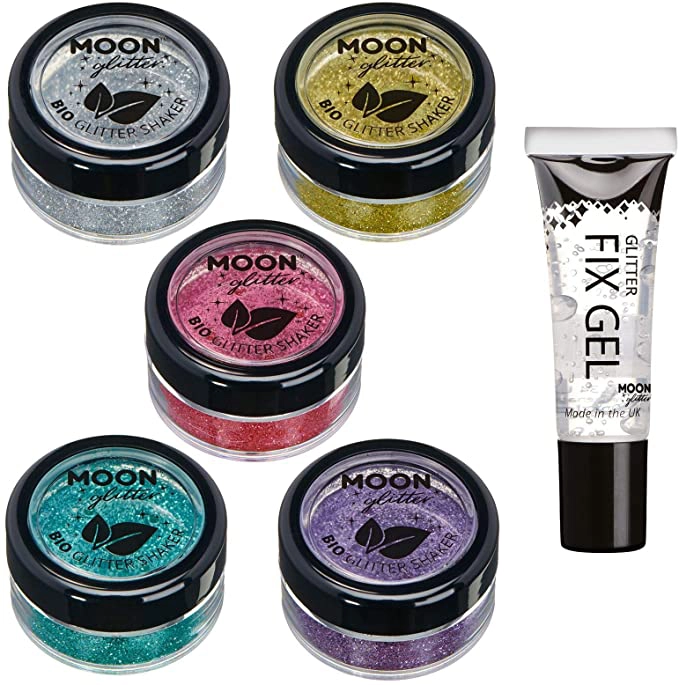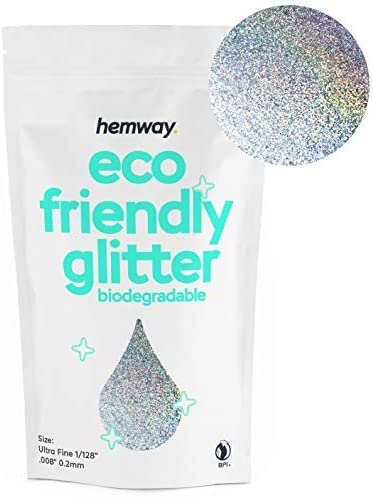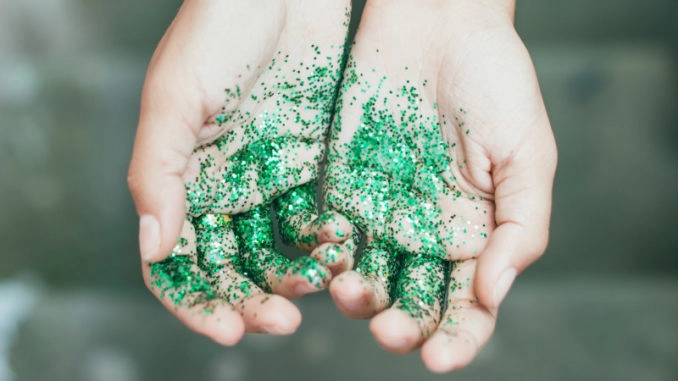
Washing your hands before eating is necessary to eliminate germs that contaminate them. Is it enough to pass them underwater? Or is soap necessary? That’s what you will discover by doing this fun experiment with glitters at home.
You will need:
- Plate
- Some glitters
- Liquid soap
- A towel
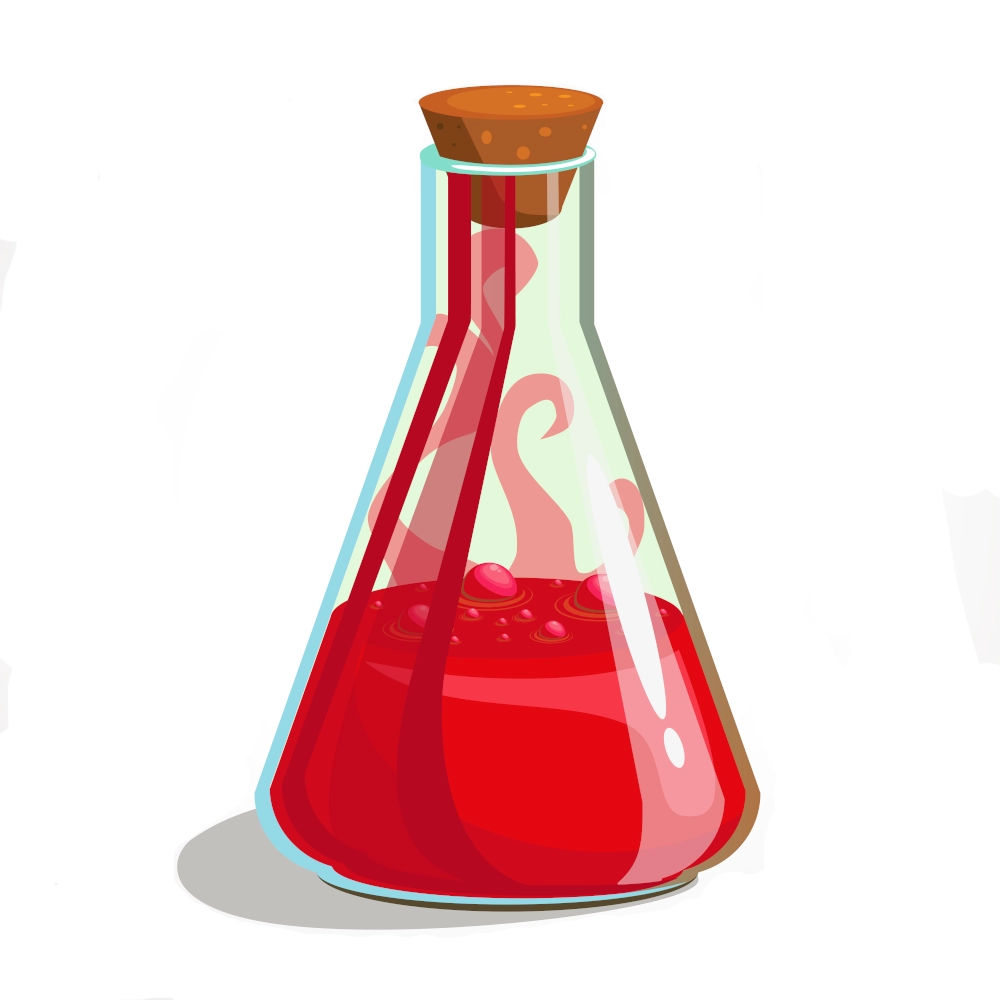
From 5 years

Difficulty : easy
Buy online (sponsored link)

Let's experiment
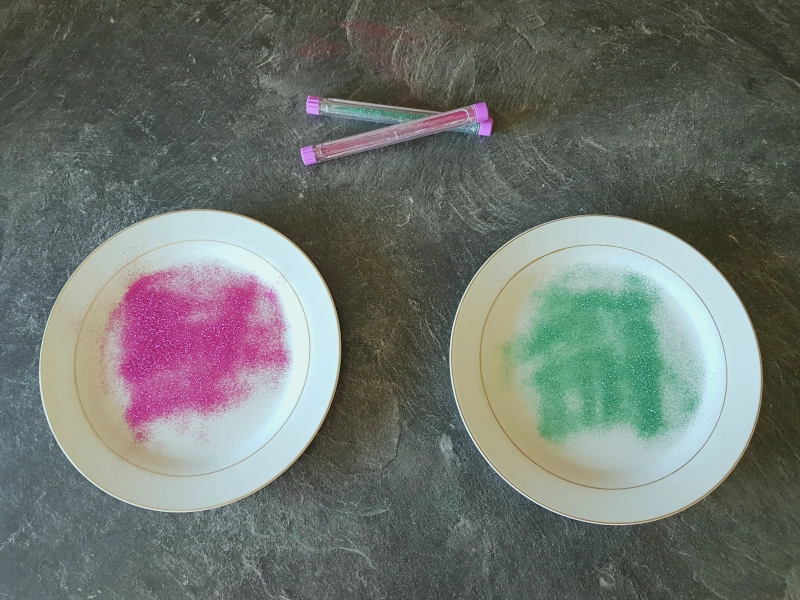

In a plate, pour the glitter of the color of your choice. You can even mix colors to make it more fun.


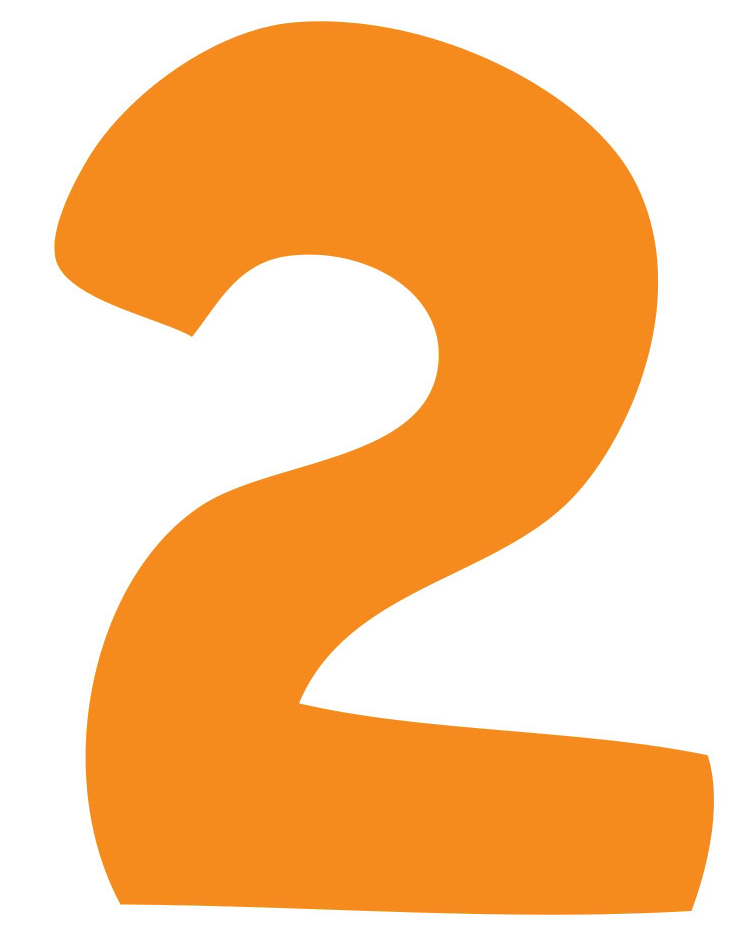
Place your hand flat on the plate containing the glitter and observe. Your hand sparkles with a thousand lights thanks to the glitter stuck on your palm.
These glitters represent the bacterial film naturally present on your skin.

Go, put your hands all over your place. In the kitchen for a drink. On the wall, on the sofa, on the table or on your face. You can also take your pencils, your eraser and sheets of drawings to occupy or play with your games. Also, shake hands with your siblings or scratch your nose.




Let’s move to the cleaning phase.
Just dip your hands in a basin of water and watch. Does the glitter go away?

Repeat the same but with the use of soap. What do you observe?
The glitter leaves more easily, however, there is still some left on your palms.
That’s why, when you wash your hands, you have to do it longer.
Soap allows the glitter to go away, and it’s the same observation you could make with bacteria and viruses.
This experiment allows you to understand the importance of hand washing. Because we deposit micro-organisms on everything we touch. These germs are naturally present on the palm of our hands, just like glitter.
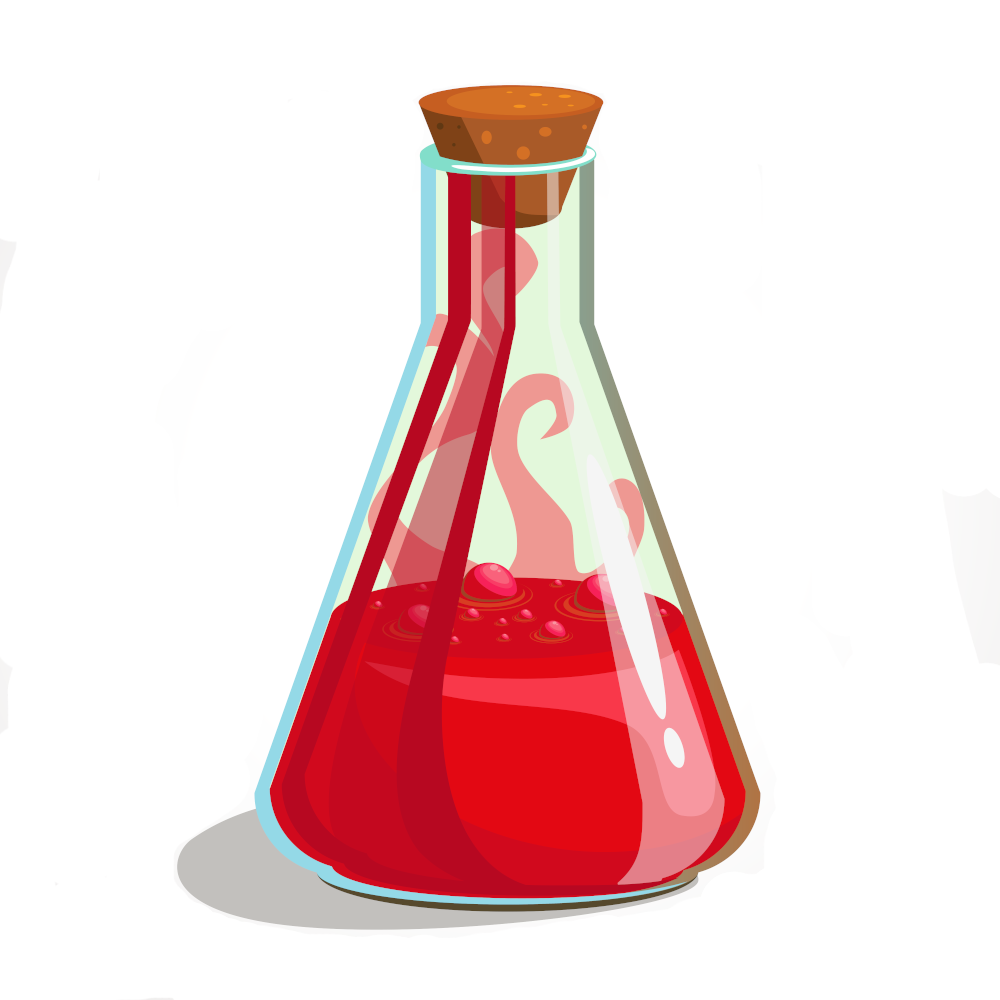
What are viruses and bacteria ?
Viruses and bacteria are microscopic germs, and therefore invisible to the naked eye. Most of them are harmless. They are even beneficial to our health. However, some of them cause illnesses such as influenza, gastroenteritis, measles, or other more serious illnesses accompanied by fever. Some of them are transmissible, which means that you can pass them on to your loved ones. And this is how we talk about contagion for diseases.
Unlike bacteria, viruses are not living things. They are simply DNA molecules covered with a protective layer of fat and proteins. This set forms an envelope. Their mode of operation is to penetrate our cells and transform them into a virus production factory.
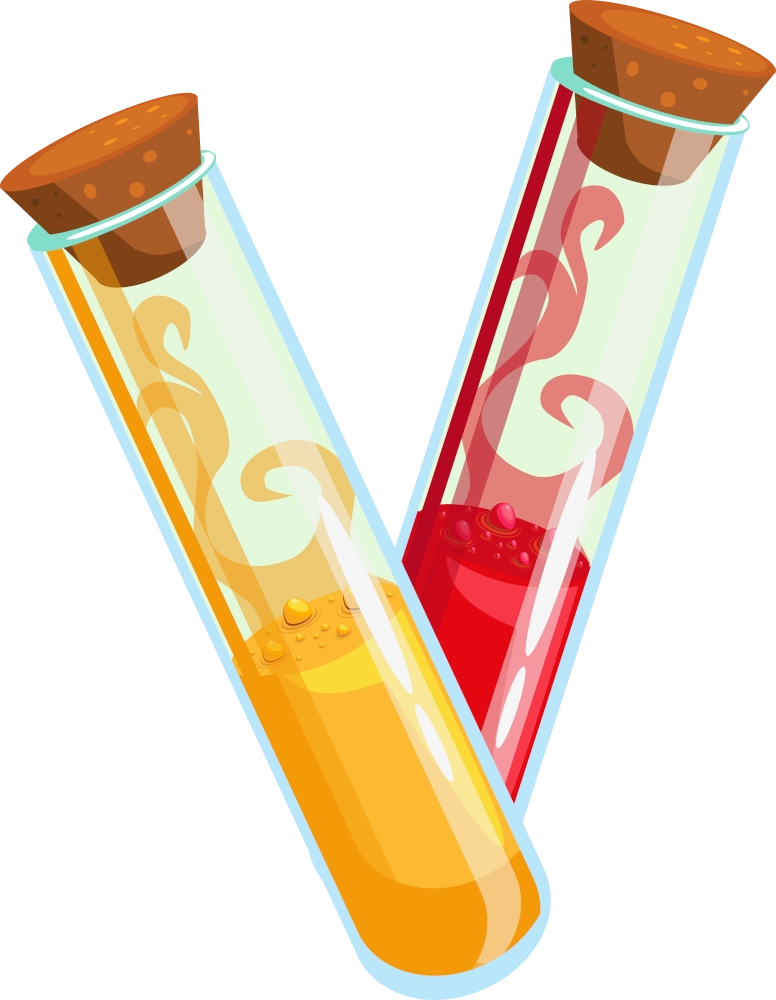
The glitter illustrates the germs we have on our hands?
Glitter illustrates the bacteria and viruses that are naturally contaminating our hands. By touching different objects in your daily life, such as door handles, cupboards, glass, or colored pencils, you deposit these germs on them as you have seen through this experiment.
These bacteria and viruses naturally colonize our skin. These germs are part of our natural flora and contribute to our health. Most of them are not dangerous.
However, germs like the flu virus or other infectious diseases can cause illness. If you are sick, it is important to wash your hands properly and avoid spreading them everywhere you go. Otherwise, others will be infected by being in contact with things you have touched.
Yes, some bacteria and viruses can survive for several hours on a doorknob or the edge of a glass of water. That’s how they pass from one person to another. It’s called contagion.

Understand why you must wash your hands.

How often should you wash your hands?
There is no need to wash your hands 15 times a day. Reserve these moments of hygiene for after using the bathroom, before preparing a meal, or if you have been in contact with someone who is sick.
Washing our hands too often dehydrates our skin and makes it more susceptible to infection by outside germs.
However, when we are sick, we also carry these germs on our hands. Every time you cough into your hands, you need to wash them before you spread those germs everywhere.

Is water killing viruses?

Make bath bombs at home
A bath is even more fun with bath bombs that explode and fizz. It’s easy to make it yourself, in the colors of your choice and even with the fragrance you like. Do you want to add a festive touch? You can even add biodegradable glitters for a sparkling effervescence. […]
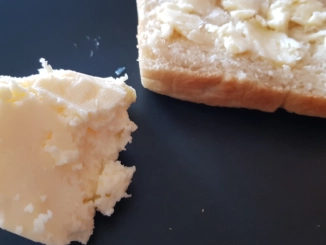
Abracadabra, I transform the cream into butter
Butter is obtained from cow’s milk. But did you know that you can prepare your […]

Yeast’s inflating power
Here is a great and visual experience for you to discover the secret world of bacteria. They are very useful to us and we use them in many cooking recipes, for example. Watch how bacteria turn sugar into alcohol and carbon dioxide using a simple soda bottle and a balloon.
It’s a great way to identify which drinks have sugar and which doesn’t. […]


